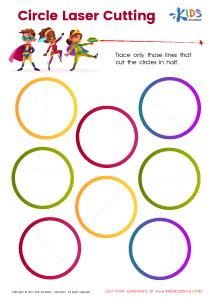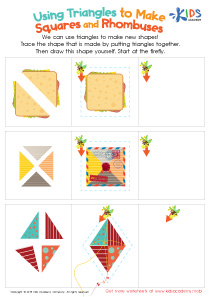Shape Recognition Normal 2D Shapes Worksheets for Ages 3-6
16 filtered results
-
From - To
Discover our engaging "Shape Recognition Normal 2D Shapes Worksheets," specially designed for children ages 3-6. These fun and educational worksheets help young learners identify and differentiate basic 2D shapes such as circles, squares, triangles, and rectangles. With colorful illustrations and easy-to-follow activities, kids will develop essential shape recognition skills while honing their fine motor abilities. Perfect for both classroom and at-home learning, these worksheets make mastering shapes a delightful experience for preschoolers and kindergarteners. Foster a love for learning and spark curiosity with our carefully curated shape recognition worksheets today!
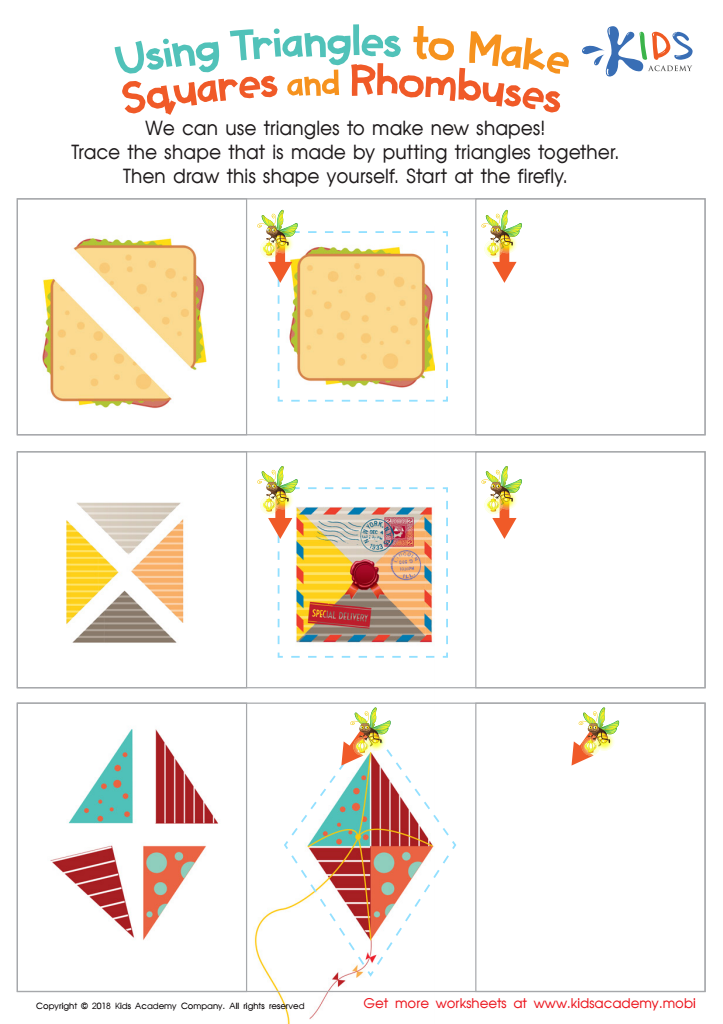

Using Triangles to Make Squares and Rhombuses Worksheet
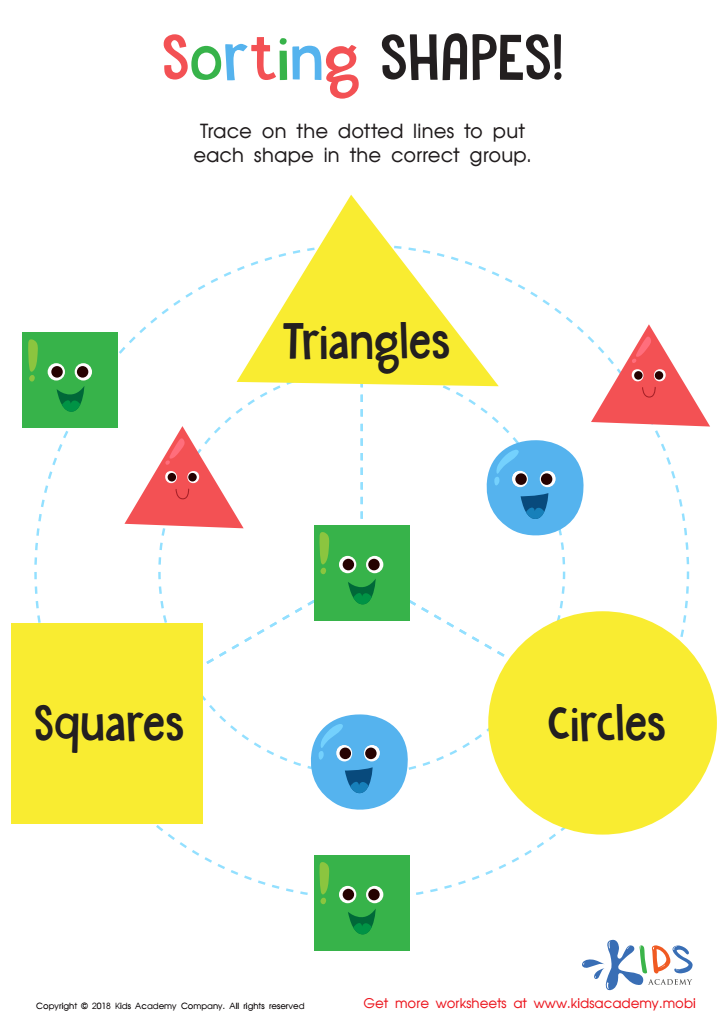

Sorting Shapes - Part 3 Worksheet
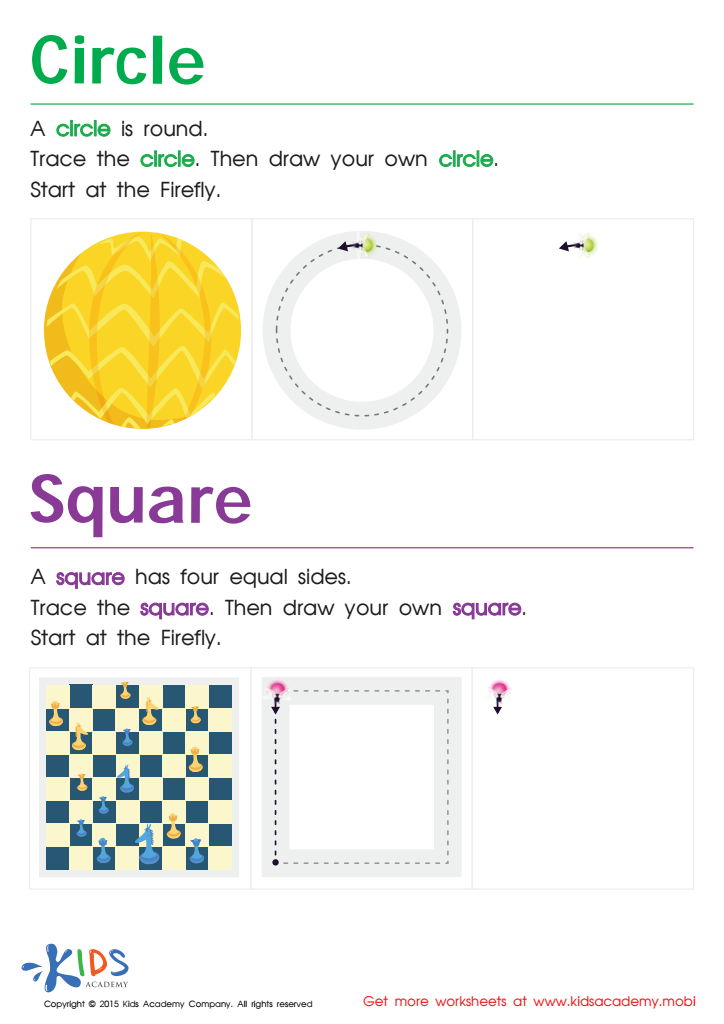

Trace And Draw a Circle And a Square Worksheet
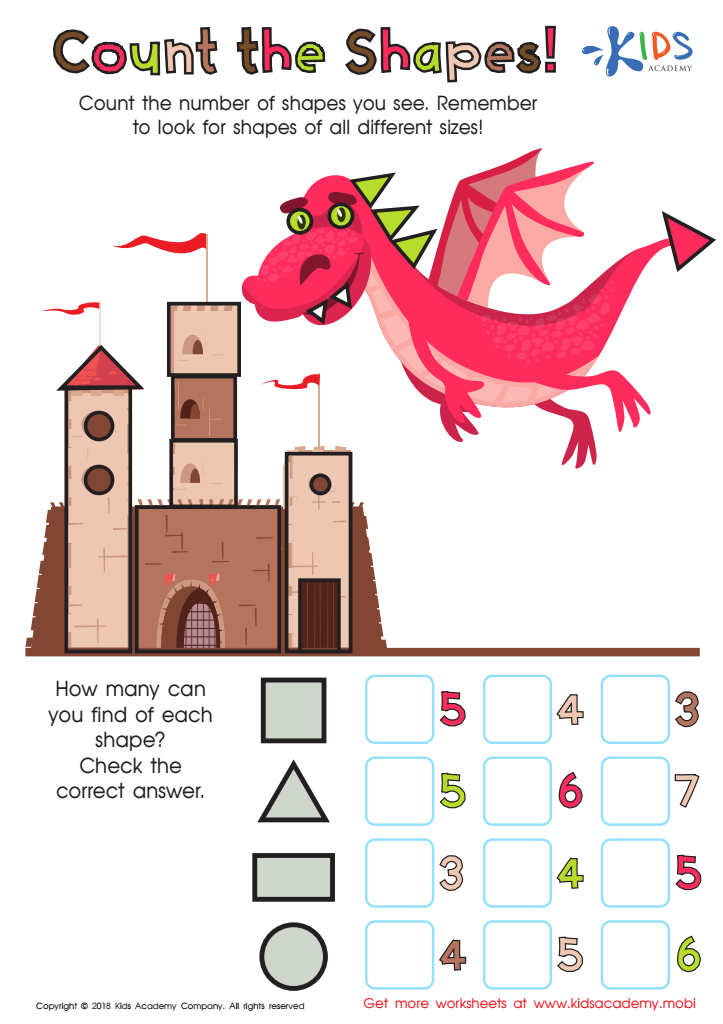

Count the Shapes Worksheet
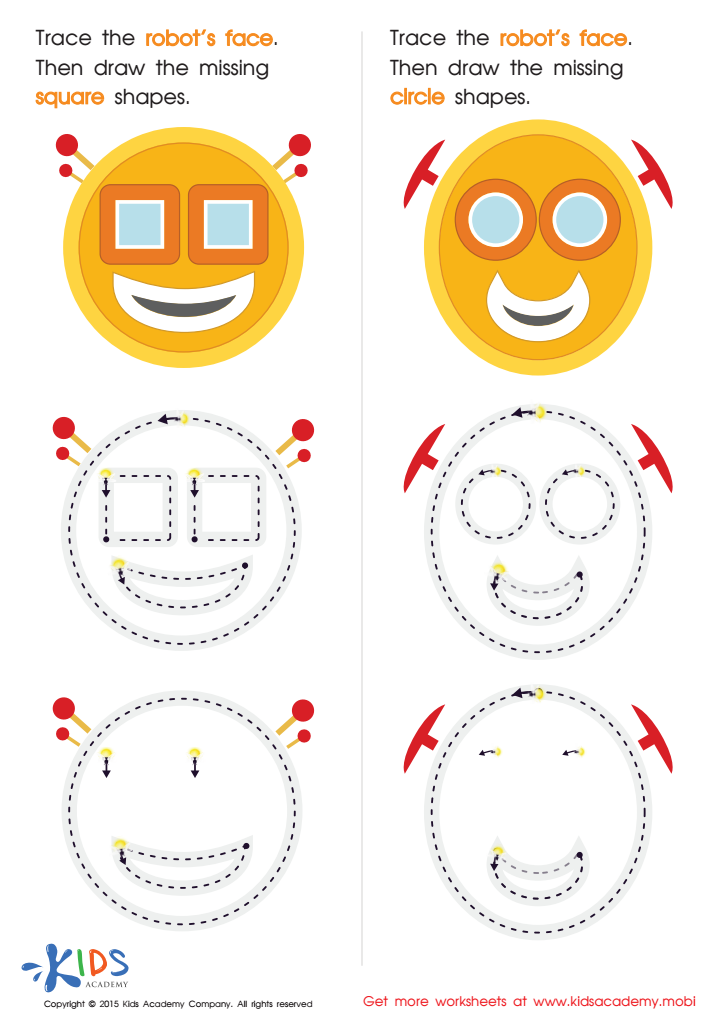

Practicing to Draw Circles And Squares Printable
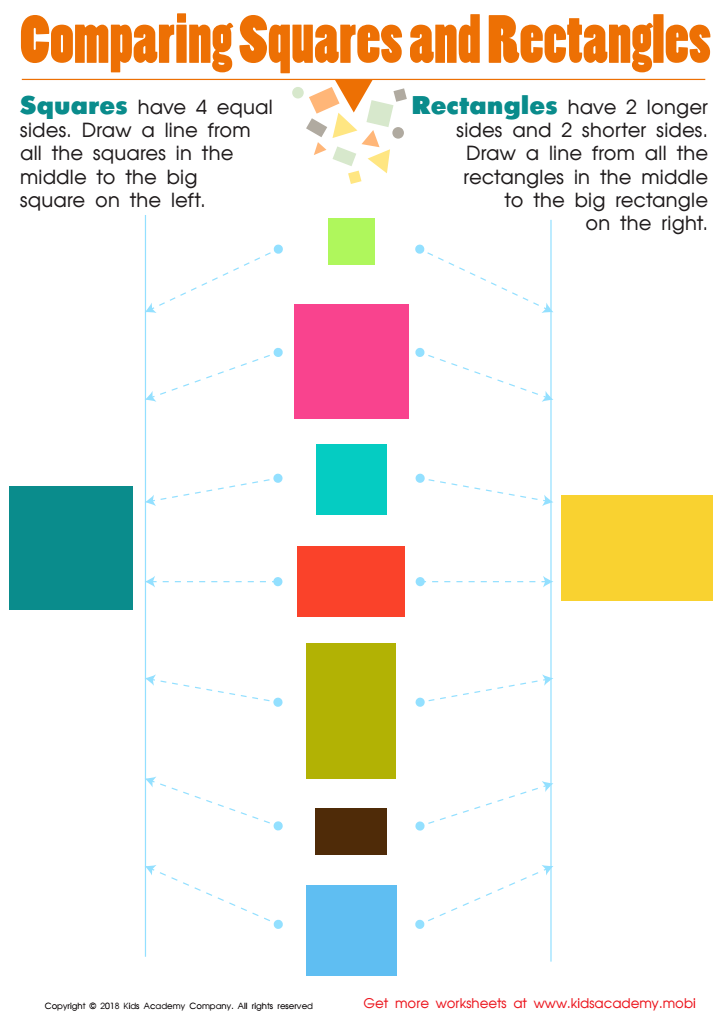

Comparing Squares Rectangles Worksheet
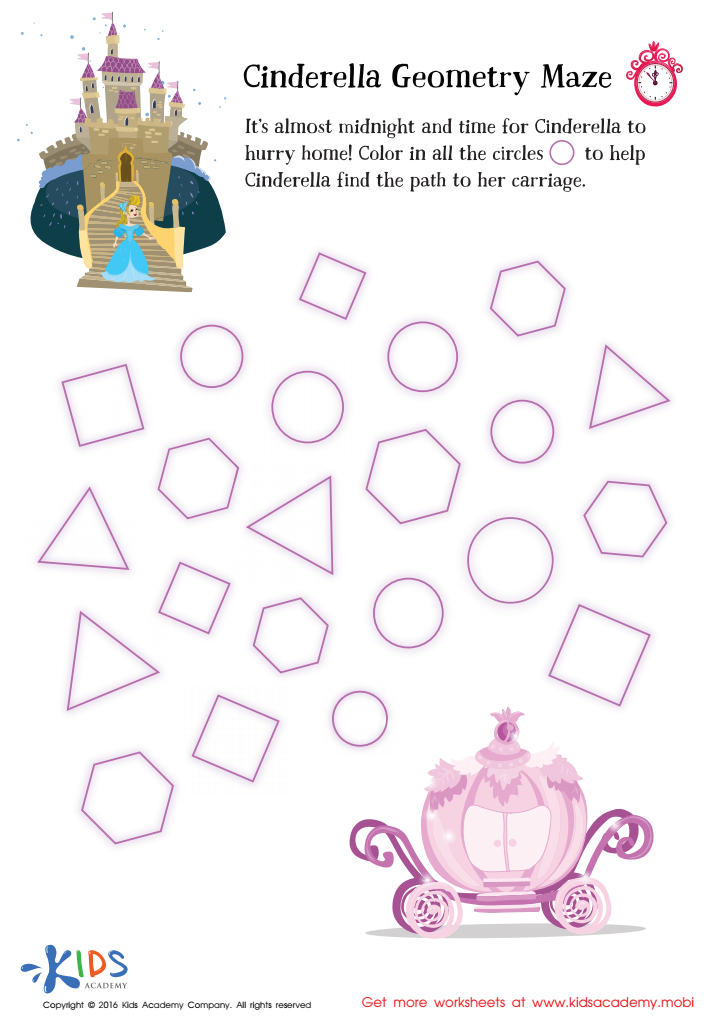

Cinderella Geometry Maze Worksheet


Preschool Geometry Match Up Worksheet


Learning to Draw Crescents And Triangles Worksheet
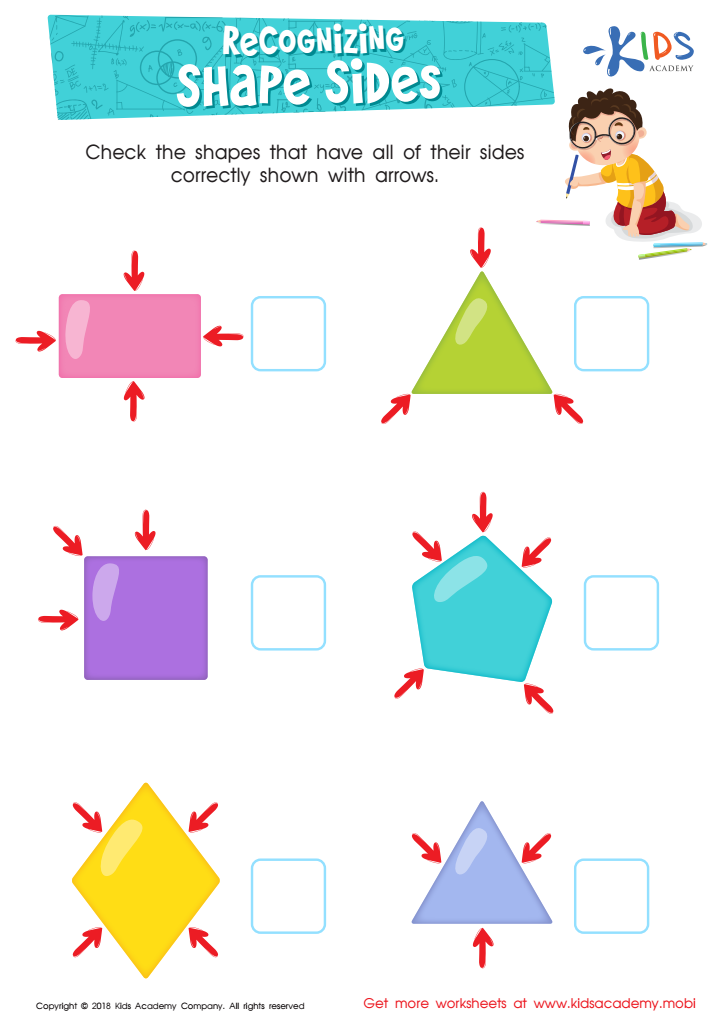

Recognizing Shape Sides Worksheet
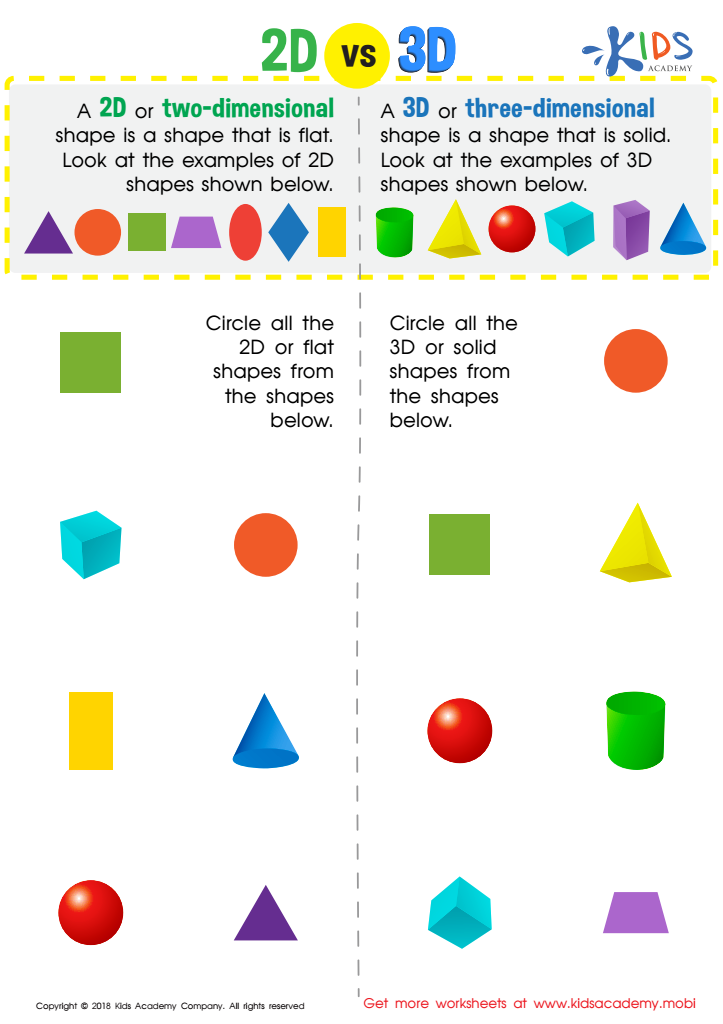

2D vs 3D Shapes Worksheet
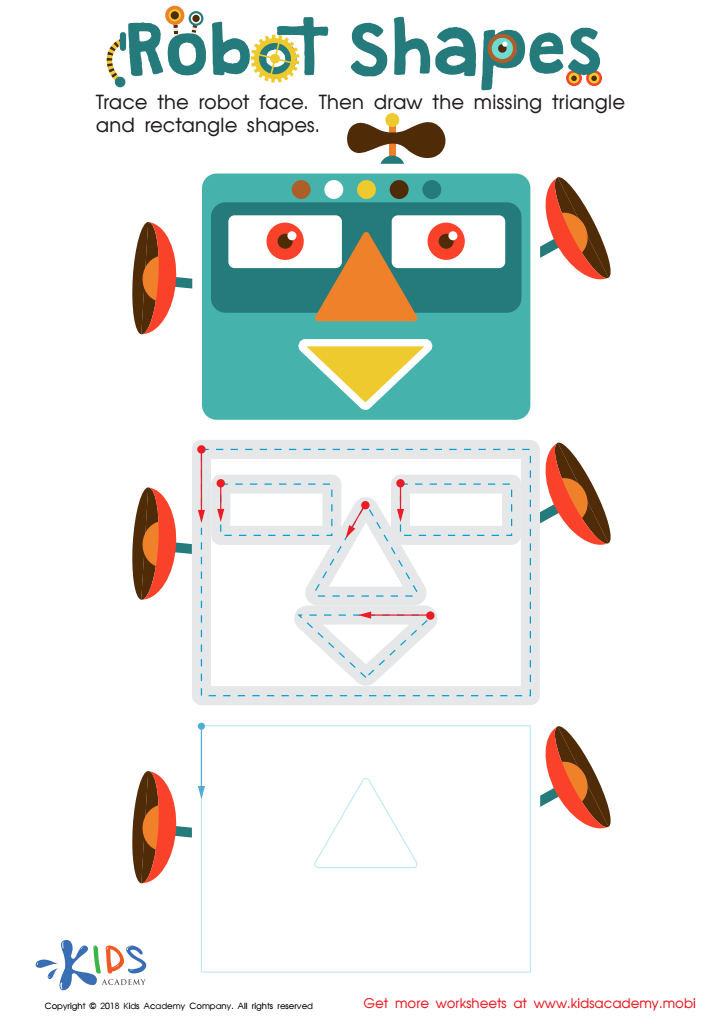

Robot Shapes Worksheet
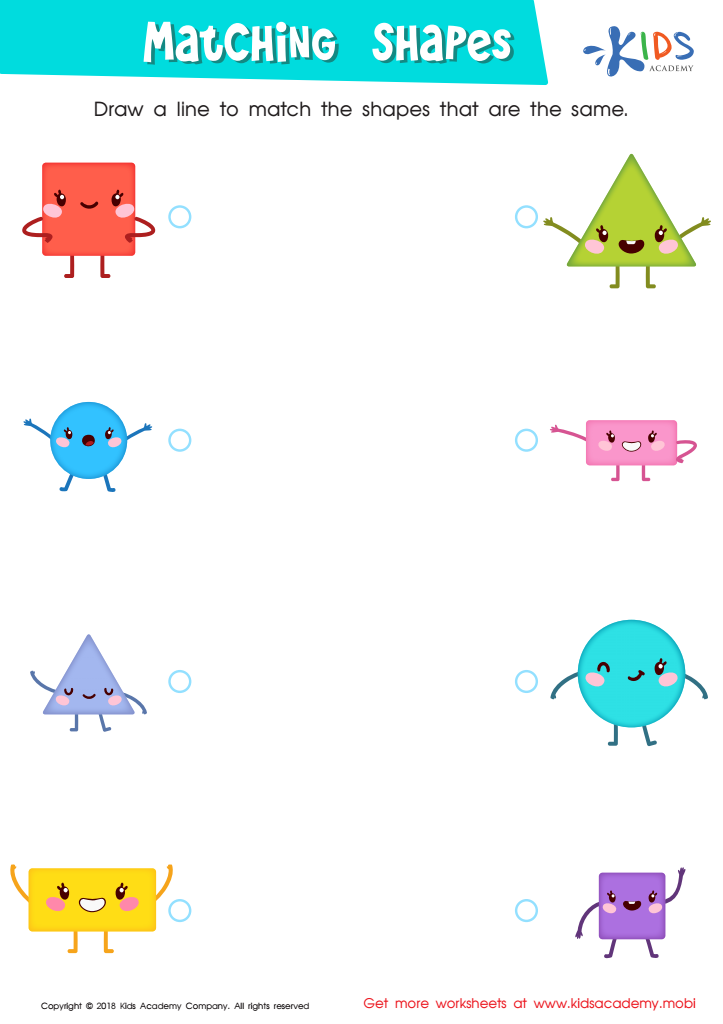

Matching Shapes Worksheet
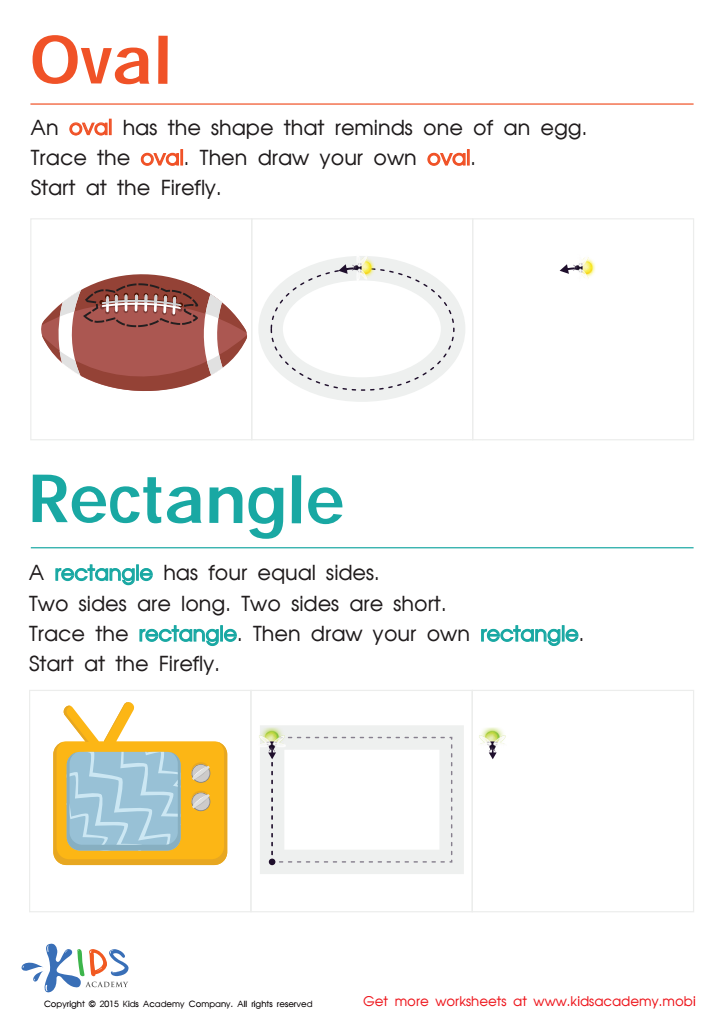

Easy Drawing of Ovals And Rectangles Worksheet


Using Squares to Make Rectangles Worksheet
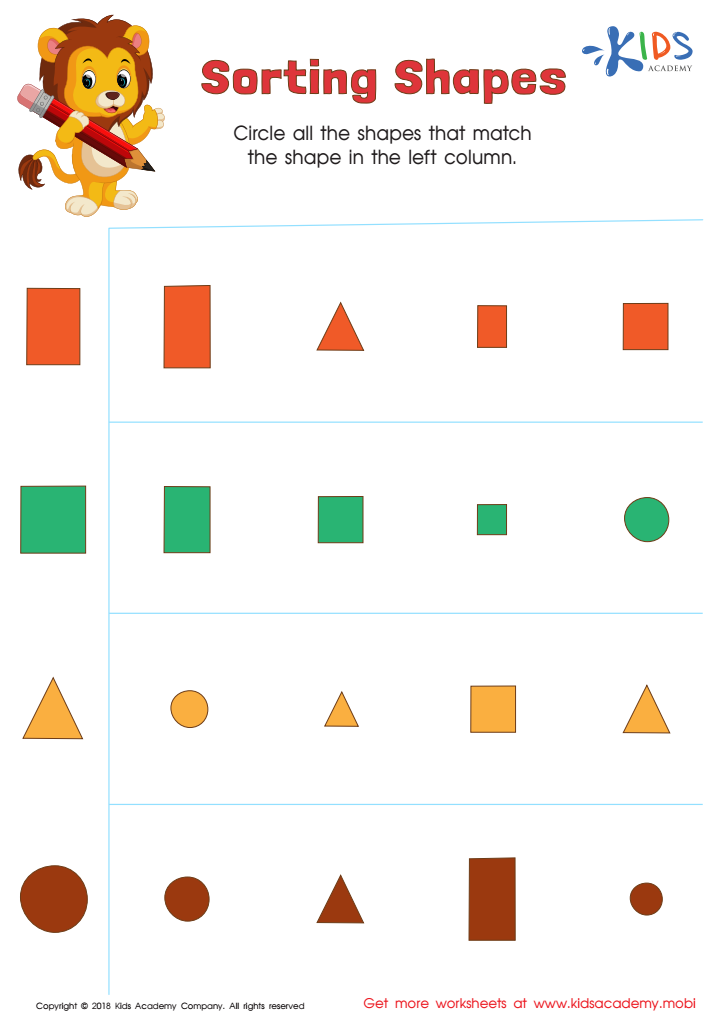

Sorting Shapes - Part 2 Worksheet
Shape recognition plays a fundamental role in early childhood development for children aged 3-6. Both parents and teachers should prioritize this learning area because it lays the groundwork for future academic successes. Shapes are a basic element of geometry, which is essential for understanding more complex mathematical concepts. By recognizing and naming 2D shapes such as circles, squares, triangles, and rectangles, children develop their spatial awareness and problem-solving skills.
Engaging with shape recognition activities also enhances children's ability to identify patterns, a skill that is invaluable in both math and reading. As they learn to differentiate shapes, they improve their visual-perceptual abilities, crucial for reading readiness and recognizing letters and numbers.
Moreover, mastering shapes contributes to a child's motor skills. Tracing and drawing shapes help with hand-eye coordination and fine motor control, key skills needed for writing. Additionally, discussing shapes fosters language skills by increasing vocabulary and facilitating descriptive conversations.
Teachers and parents can make learning shapes fun and interactive through games, puzzles, and art projects, thus ensuring that children are not only academically prepared but also able to appreciate and interact with the world around them. Investing in shape recognition at this tender age establishes a solid foundation for lifelong learning.
 Assign to My Students
Assign to My Students











